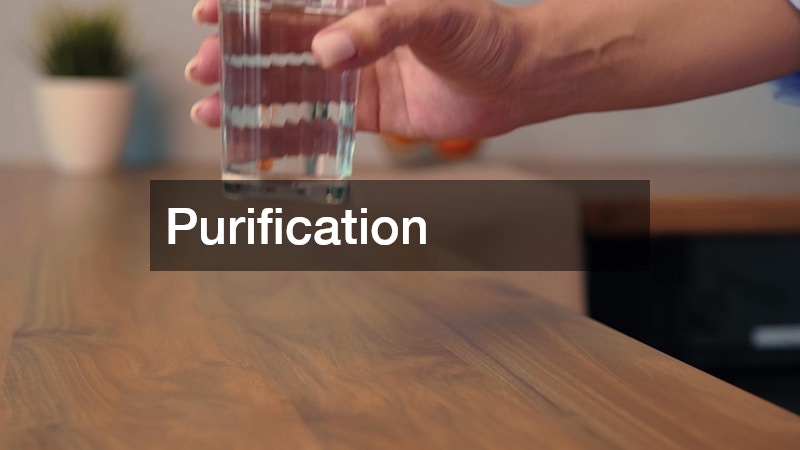Ensuring access to clean and safe water is essential for health and well-being. Given the increasing concerns over water quality, individuals and organizations are increasingly seeking effective solutions through diverse water treatment systems. This comprehensive guide explores the essential components and functionality of filtration, softening, and purification systems.
Filtration
Filtration is a water treatment process used to remove particles and impurities from water. It typically involves passing water through a porous material or filter medium that captures unwanted contaminants. The importance of filtration cannot be overstated as it represents a fundamental step in ensuring safe drinking water.
There are various types of filtration systems, including sand filters, carbon filters, and membrane filters. Each type is designed to address specific impurities, offering varying degrees of effectiveness. The choice of filtration system often depends on the specific needs and conditions of water sources.
Sand filters are commonly used in large-scale water treatment facilities for preliminary filtration. Carbon filters, on the other hand, are popular for home use due to their ability to remove chlorine, odors, and bad tastes. Membrane filters offer advanced purification, successfully removing bacteria, viruses, and more minute particles.
Softening
Water softening is a specialized treatment aimed at reducing water hardness. Hard water contains high concentrations of calcium and magnesium, causing a variety of issues such as scale buildup and reduced soap efficacy. Softening systems typically use ion exchange, where these minerals are replaced with sodium or potassium ions.
Ion exchange water softeners are widely appreciated for their effectiveness. By eliminating hardness-causing minerals, these systems enhance the longevity of plumbing and appliances, promoting greater efficiency. The maintenance of ion exchange systems involves the periodic replenishment of the salt or potassium used in the process.
Other water softening methods include the use of electromagnetic fields and the incorporation of nanotechnology. While these methods may not be as commonly used as traditional ion exchange, they offer promising alternatives. Research into alternative softening processes continues to evolve, aiming for more sustainable and economical options.
Purification
Water purification is a multi-stage process aimed at removing a wide range of contaminants to produce water that is safe for consumption. This process addresses not only physical impurities but also chemical and biological contaminants. Advanced purification systems often incorporate ultraviolet light, reverse osmosis, and ozone treatment for thorough cleaning.
Ultraviolet purification systems utilize UV light to efficiently kill bacteria and viruses. This method is chemical-free, making it an environmentally friendly option. However, UV systems do not remove chemical impurities, necessitating additional filtration or purification methods for comprehensive water treatment.
Reverse osmosis is arguably the most effective form of water purification, using semi-permeable membranes to remove up to 99% of contaminants. It is particularly effective against inorganic substances, including salts and metals. However, reverse osmosis systems require significant water pressure and can result in water wastage, considerations that must be taken into account during system selection.
Choosing the right water treatment system involves understanding the specific needs of your water supply and the contaminants present. Filtration, softening, and purification systems each offer unique benefits and challenges. By gaining a comprehensive understanding of these processes, consumers and organizations can make informed decisions to safeguard their water quality efficiently and effectively.





